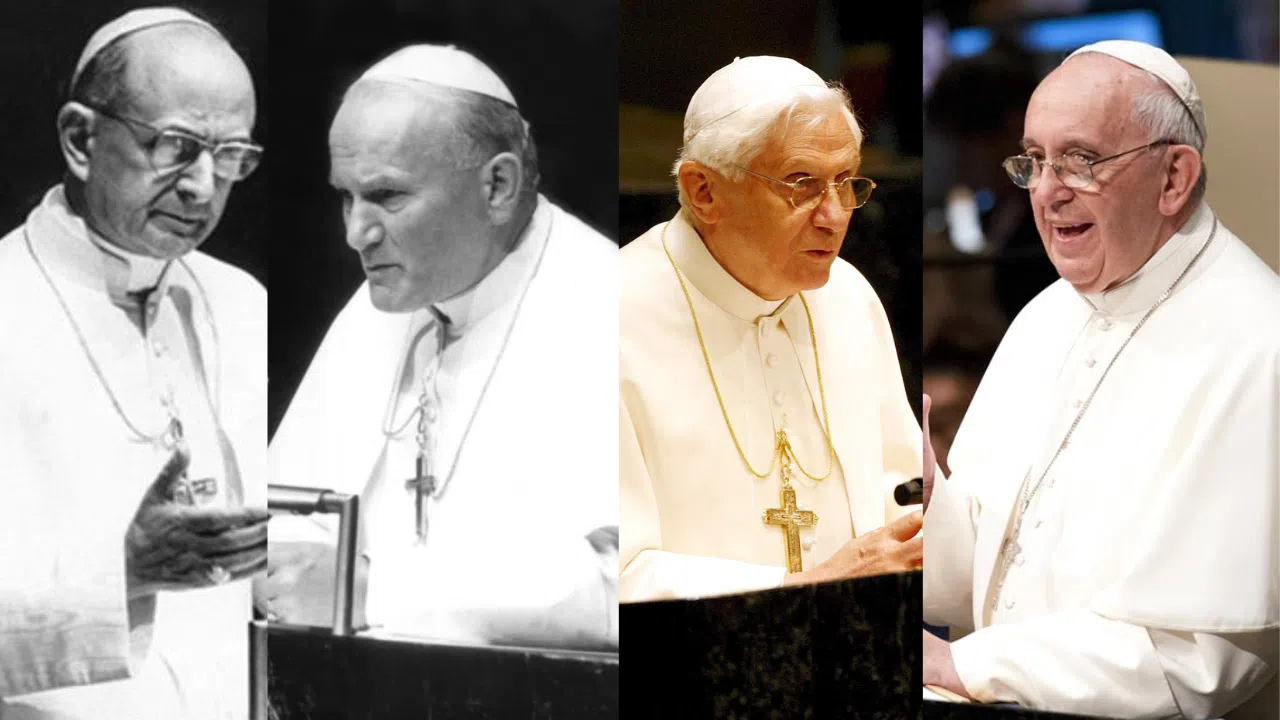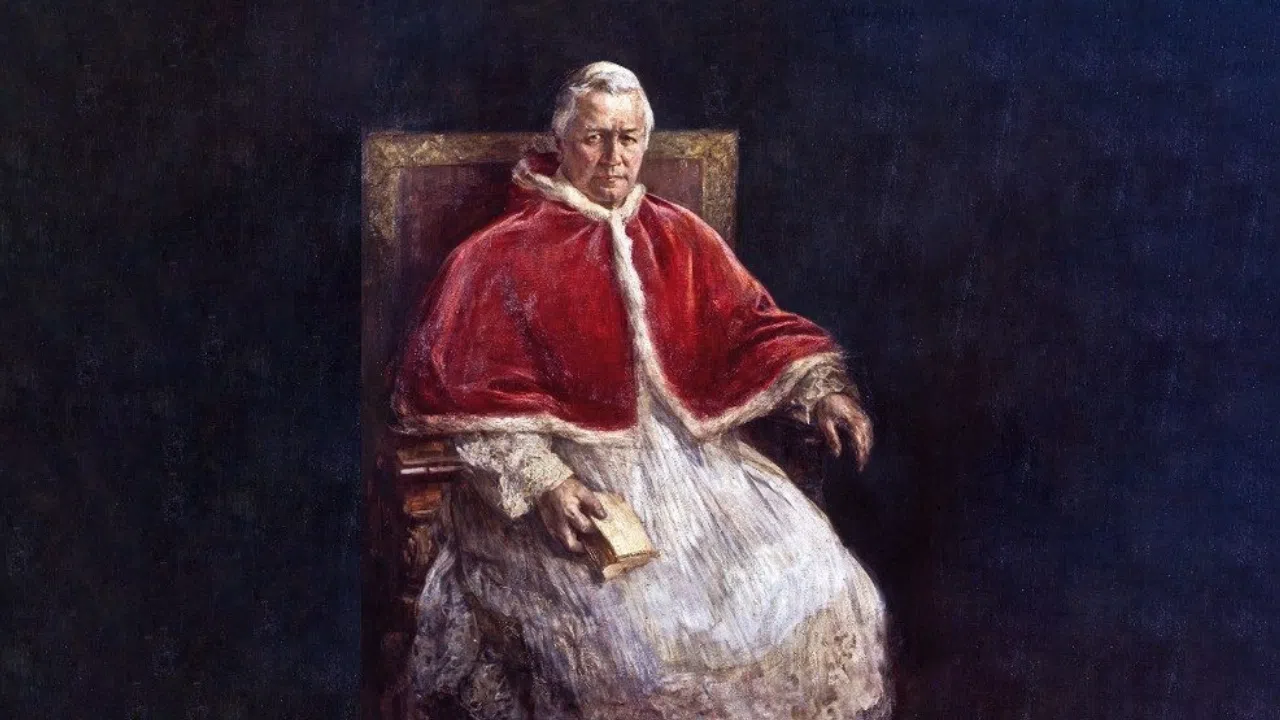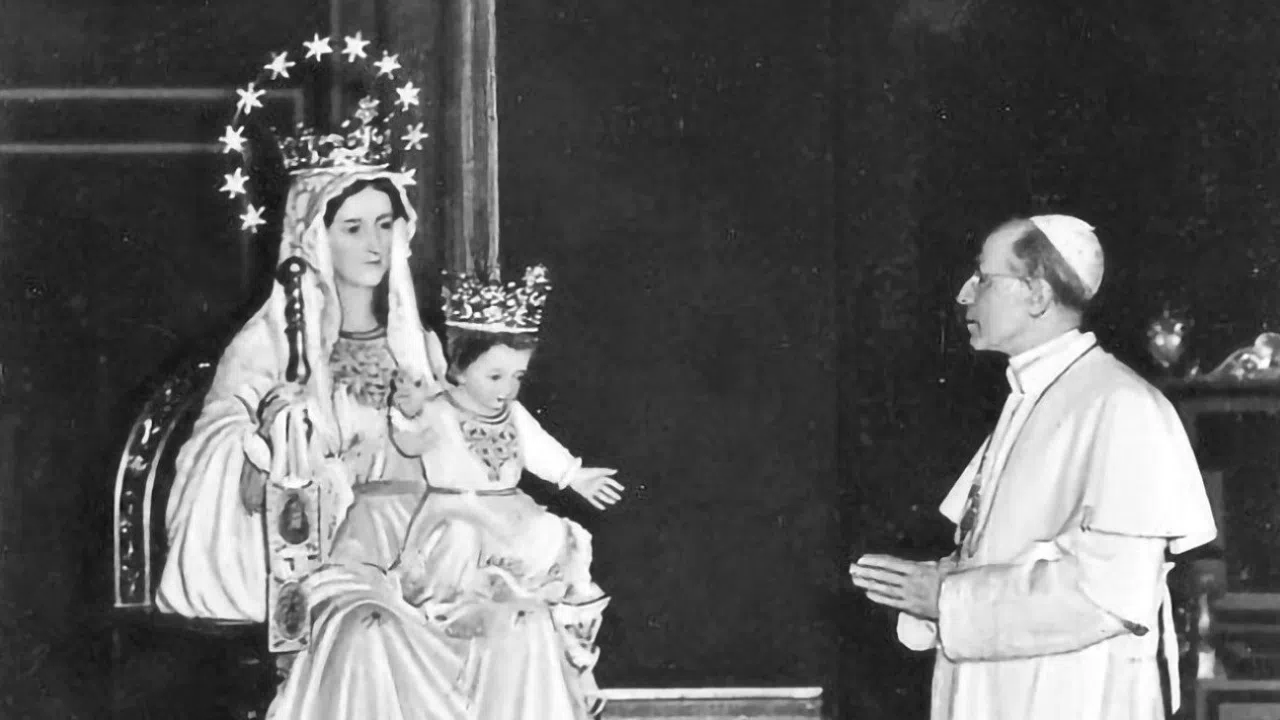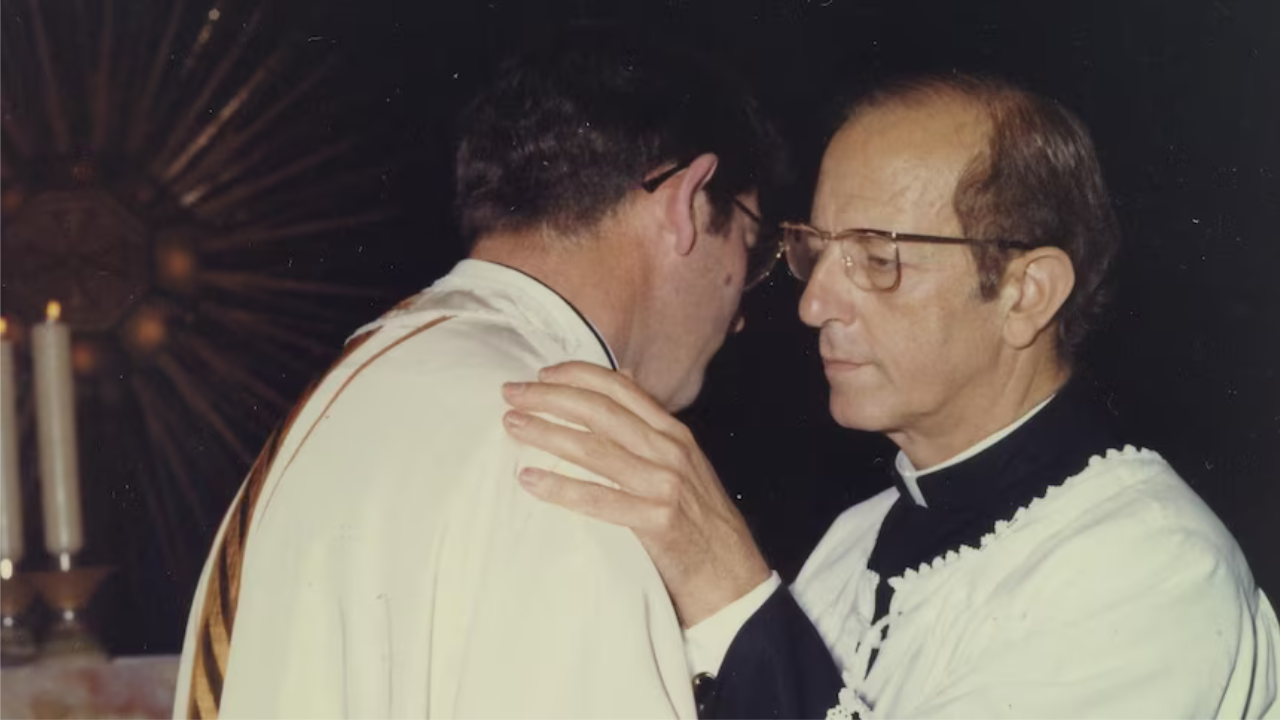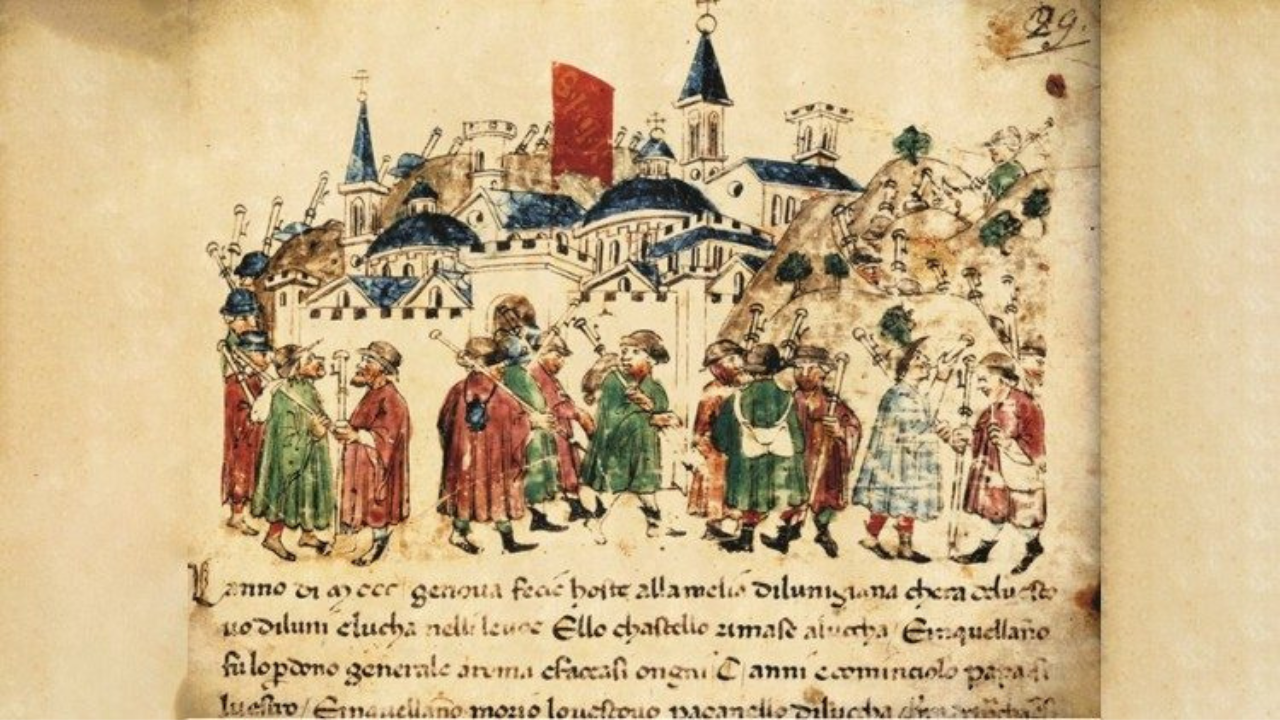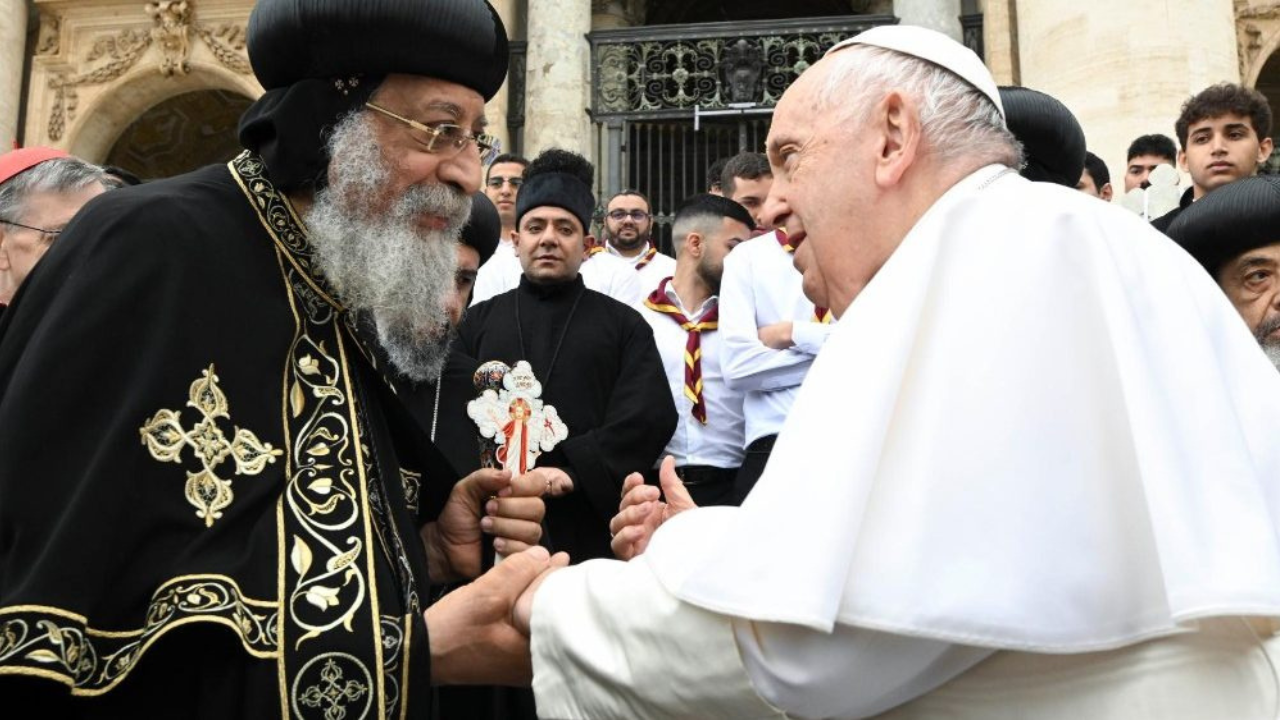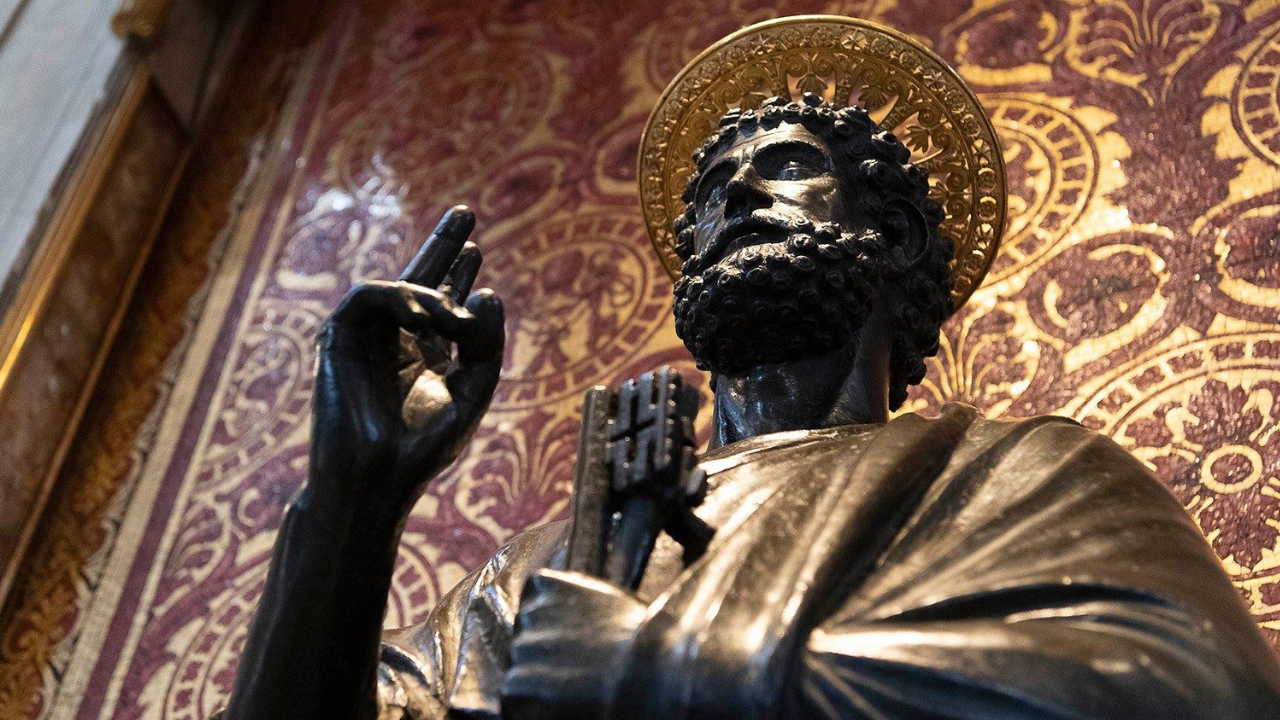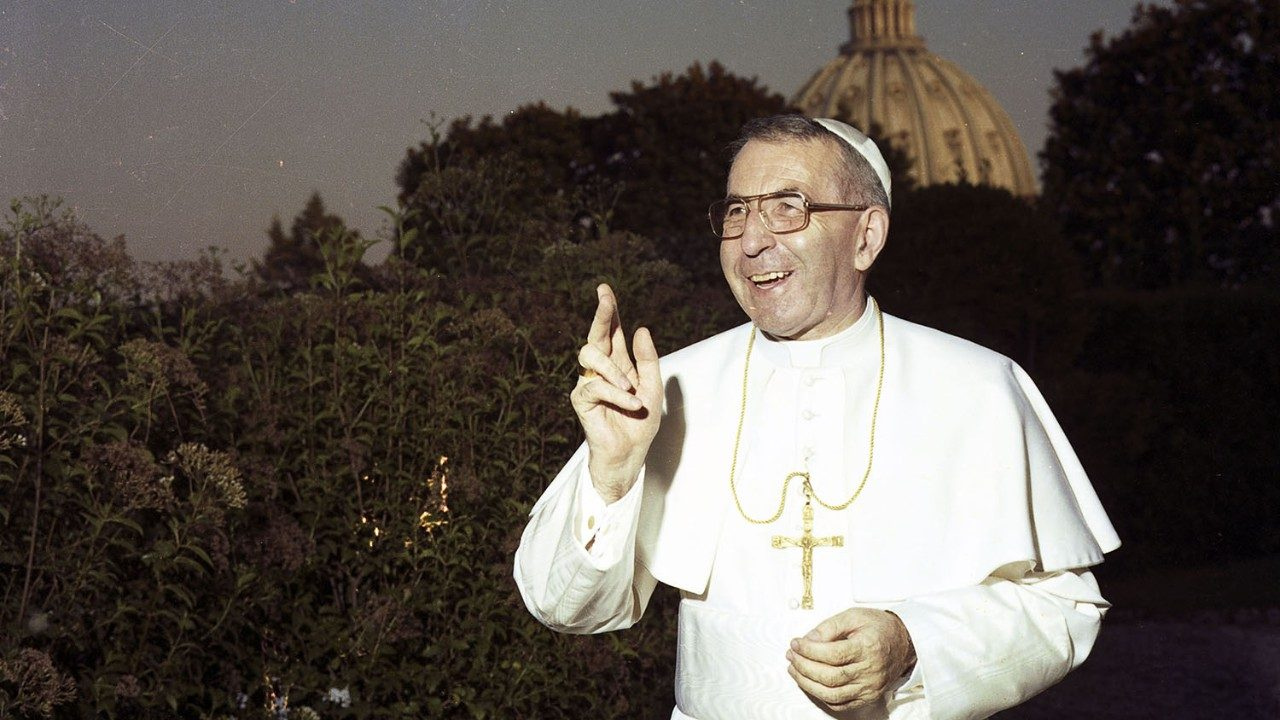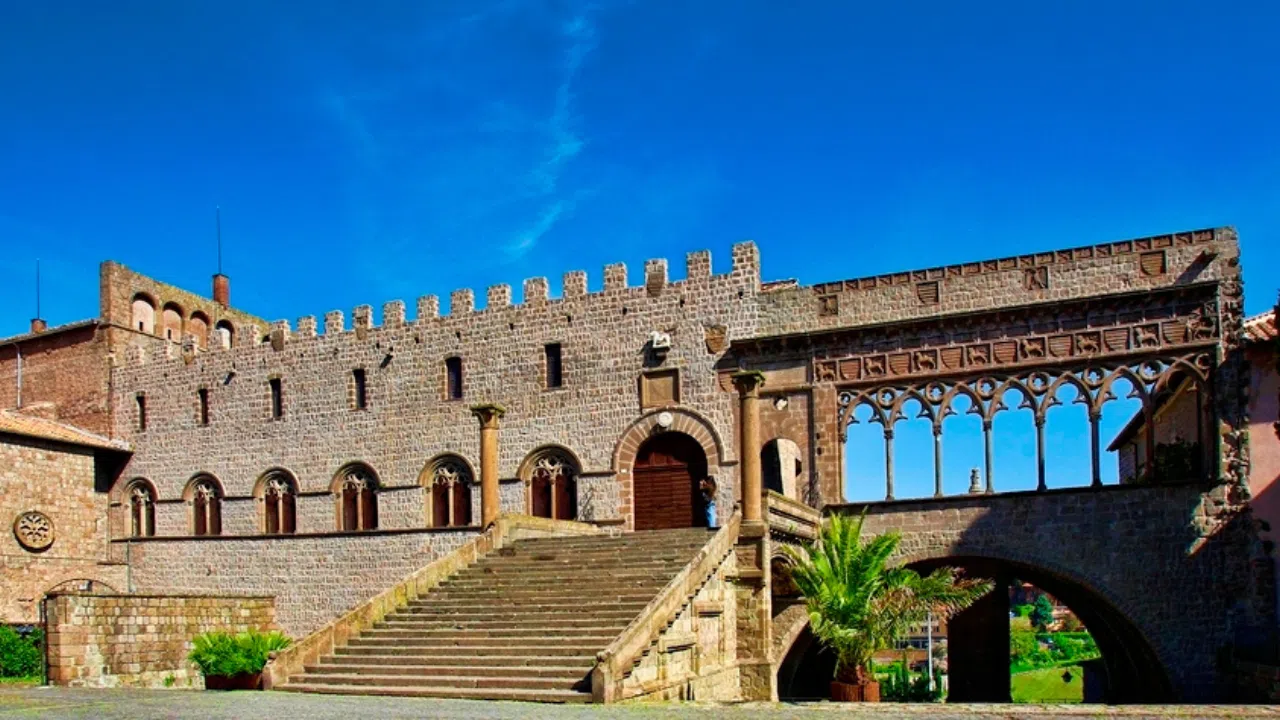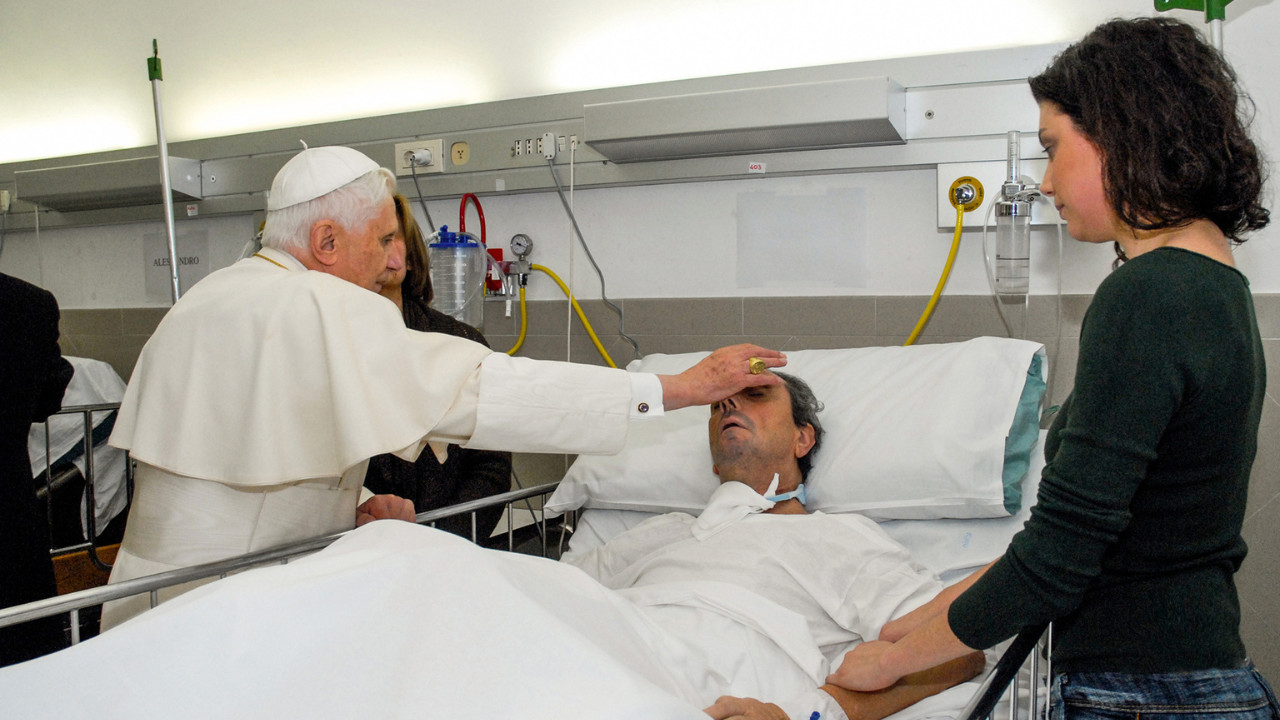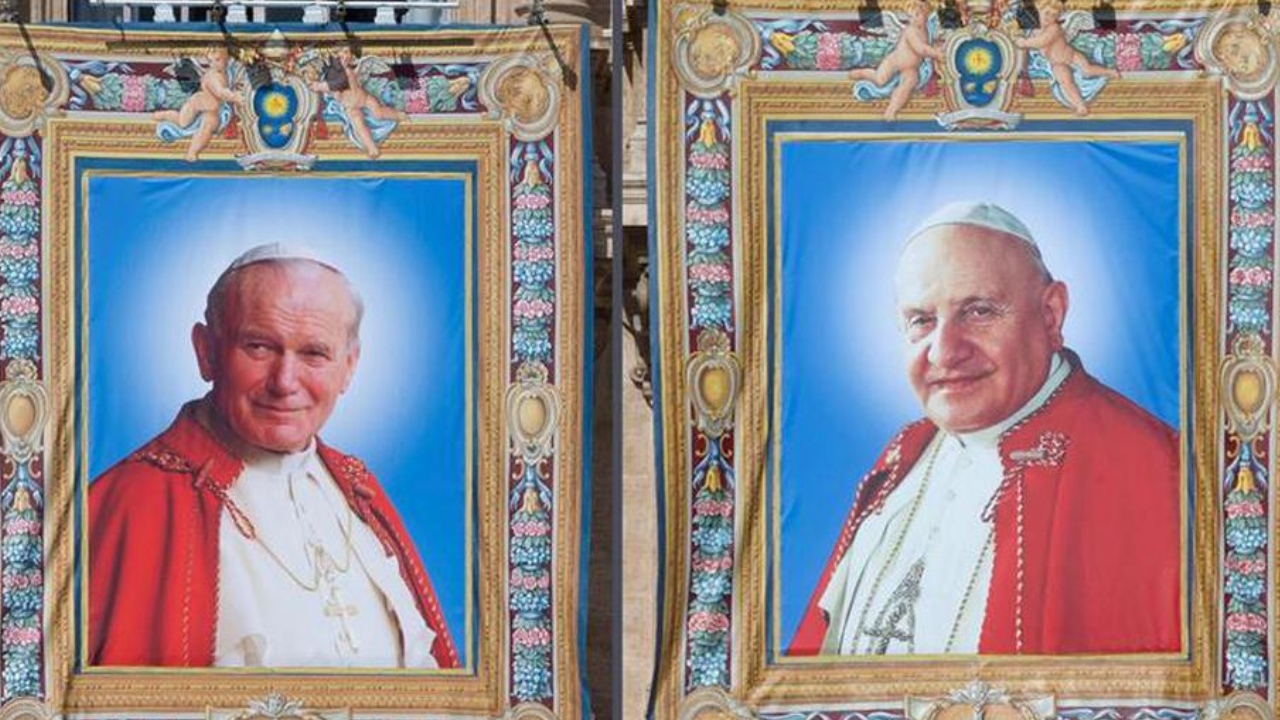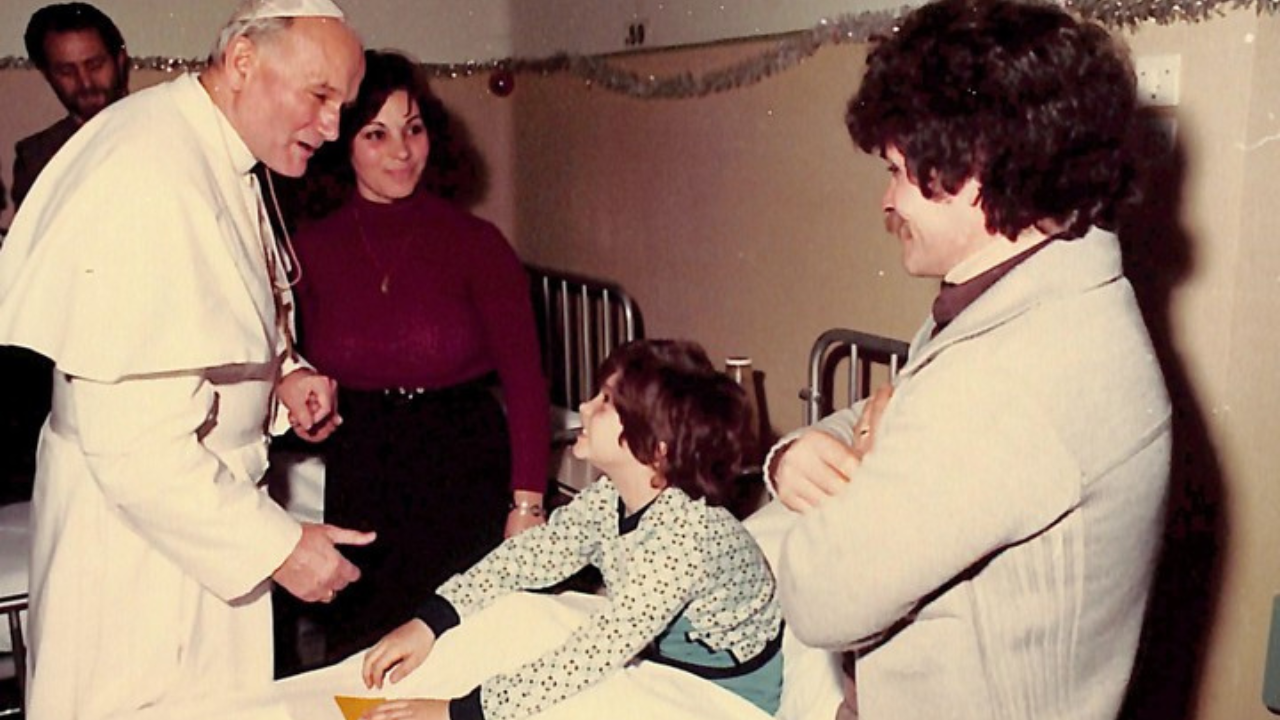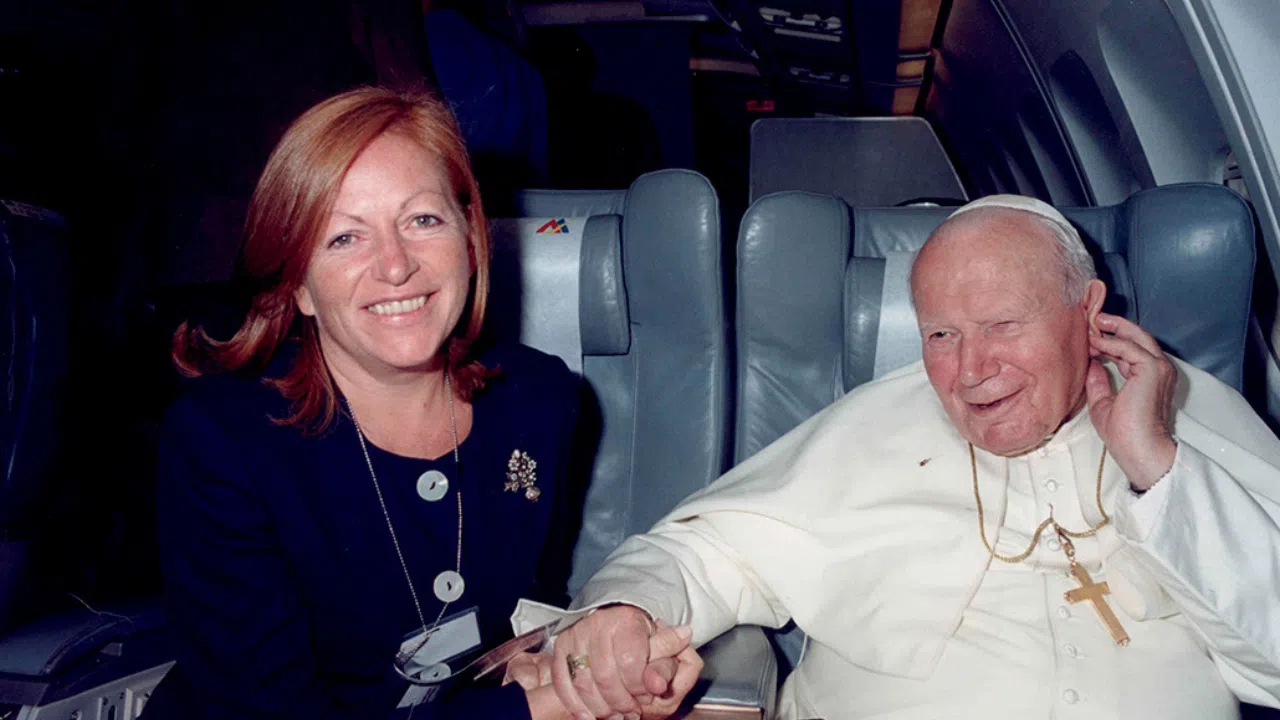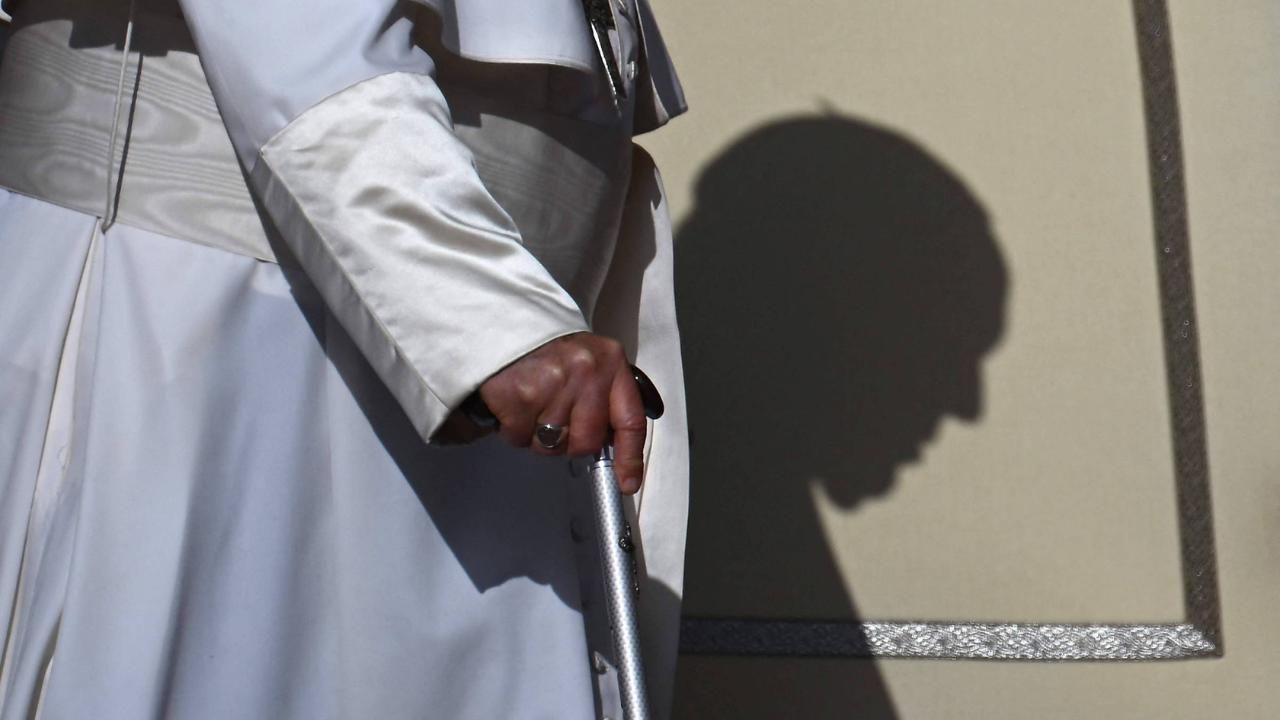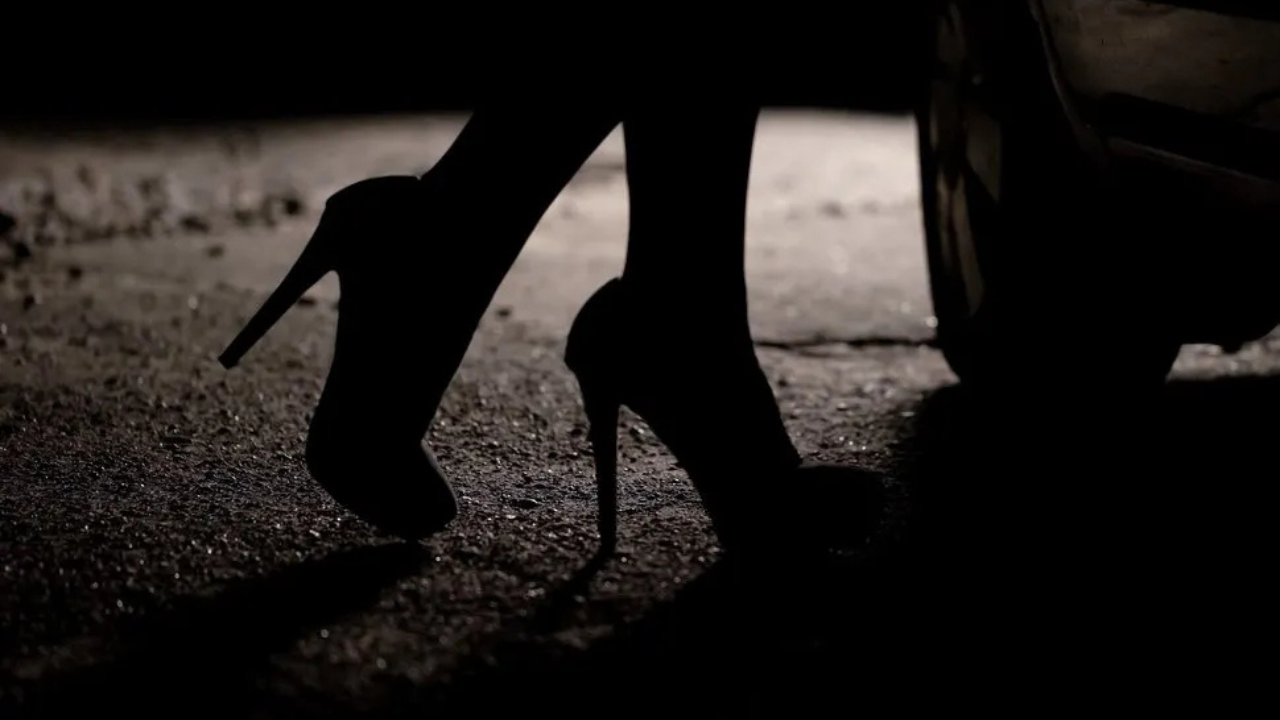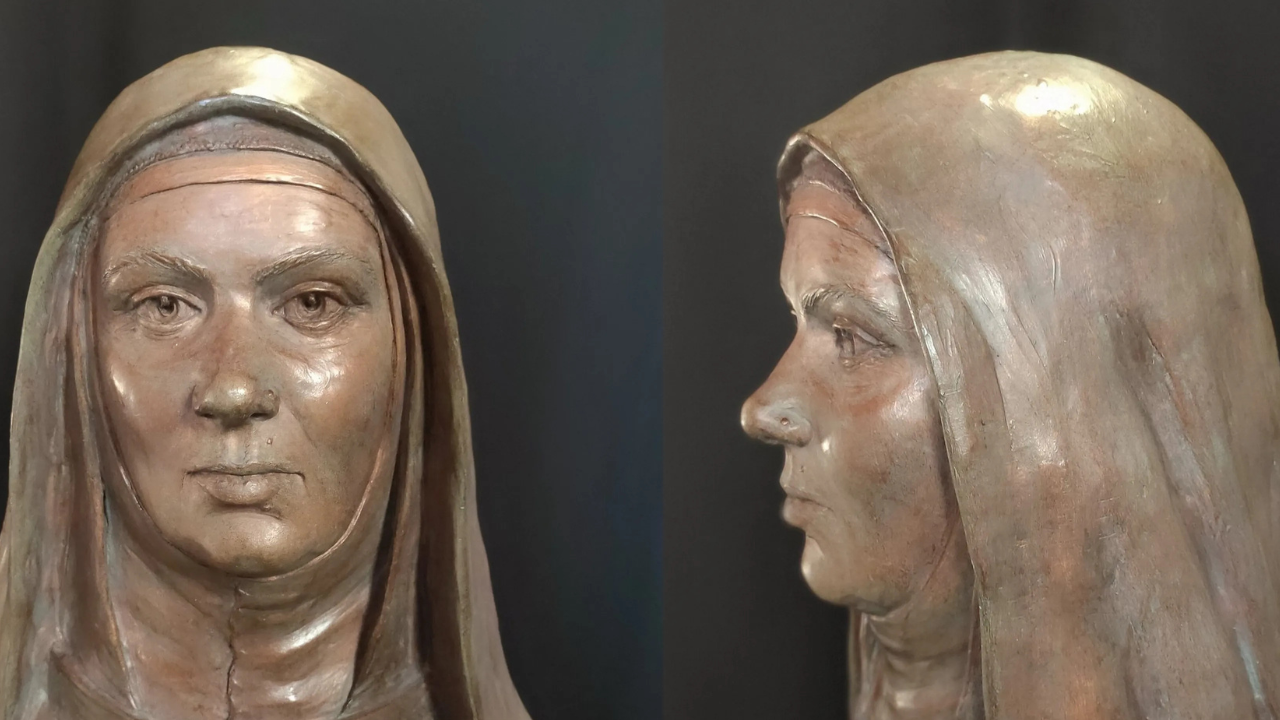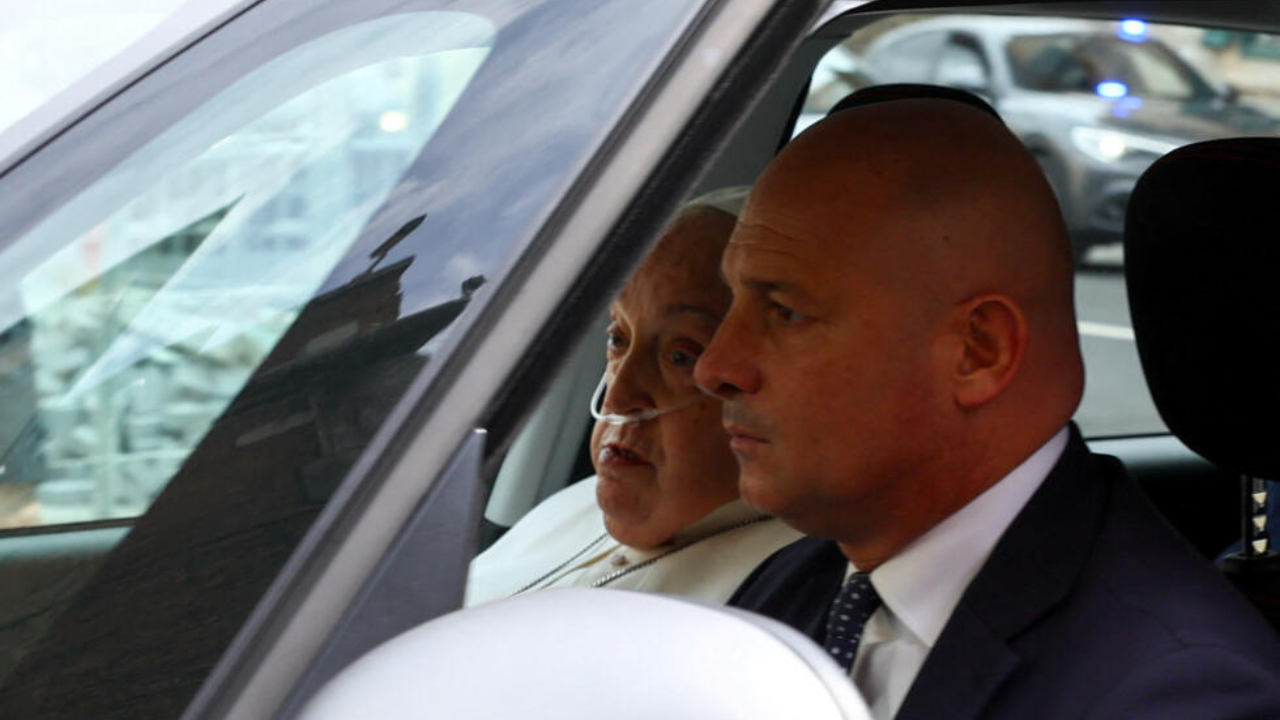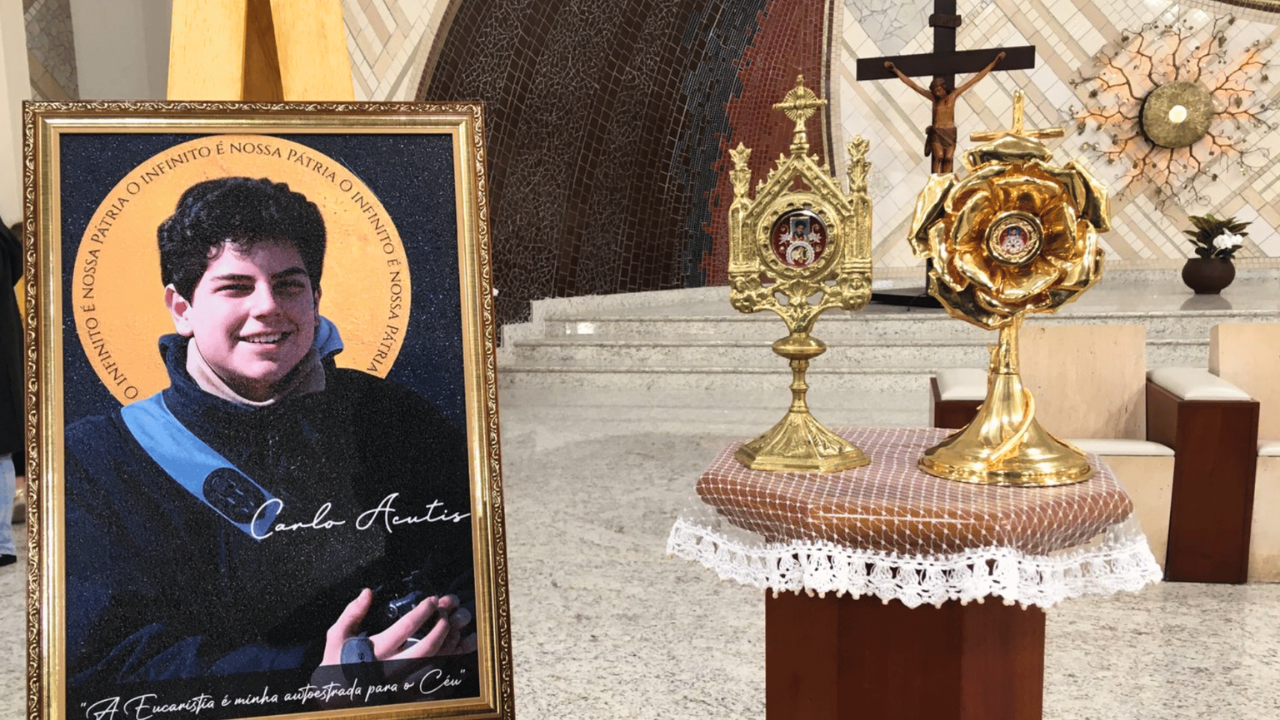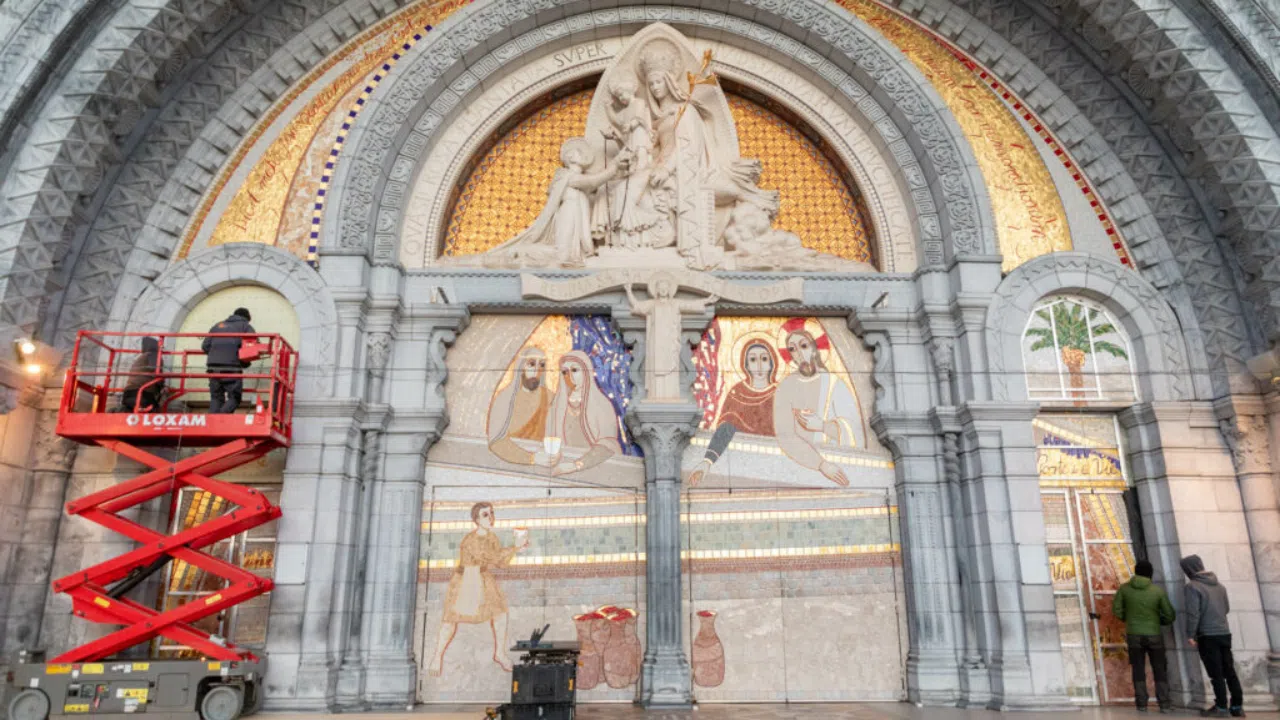The night of August 20th 1914, Pope Pius X passed away. From the start, his pontificate had its challenges. He was the first Pope after the fall of the Papal States and he saw the threat of World War I become a reality.
He also had to deal with more practical matters of governance, like the reform of the Roman Curia.
FR. BERNARD ARDURA
President, Pontifical Committee of Historical Sciences
'Reforming the Roman Curia is something he has in common with Pope Francis. When Pius X was elected, the Roman Curia was running under the rules that had been established in 1588 by Pope Sixtus V.'
Back then a Pope wasn't elected based solely on the Cardinals vote. Outsiders, like royalty and the influential laity also had a say.
FR. BERNARD ARDURA
President, Pontifical Committee of Historical Sciences
'Pope Pius X was elected, but really Cardinal Rampolla received the most votes. He didn't end up being Pope, because the Archbishop of Krakow used the veto vote of Austria's Emperor. That was the last time a secular power intervened in a conclave. The year after his election, Pius X abolished that rule under the threat of excommunication. From then on, only cardinals could vote.'
The Pope also changed the order in which the Sacraments are received. Pius X decided that Communion should be received before one goes to Confirmation. It's something that still stands to this day.
In his 11 year pontificate, he carried out key reforms in the Church. In the last months of his life, he witnessed the violence and destruction of World War I.
FR. BERNARD ARDURA
President, Pontifical Committee of Historical Sciences
'Everyone thought they would win the war. So soldiers thought they would soon be back at home with their families. In a way, you could say the Pope died of grief between the night of the 20th and the 21st of August back in 1914, just three weeks after World War I started. He knew there would be slaughter.'
Pius X was named Giuseppe Sarto. He was born in northern Italy in 1835. He was the 257th Pope of the Church. He was beatified in 1951 and canonized 40 years after his death, in 1954.
